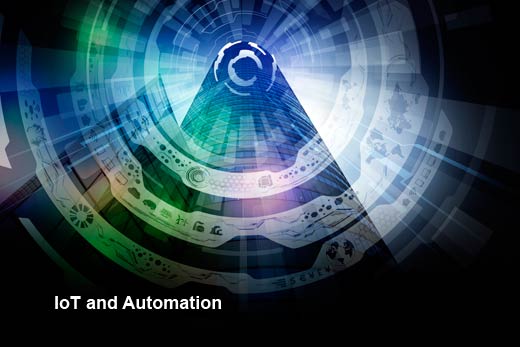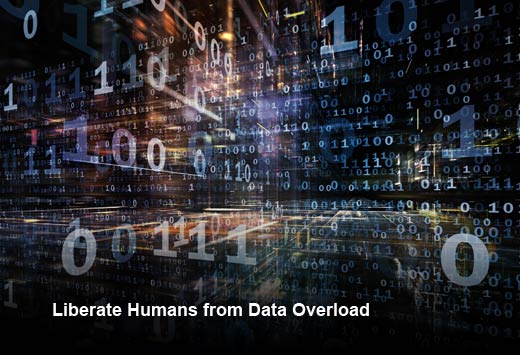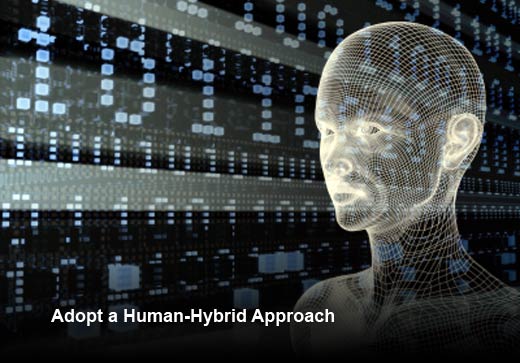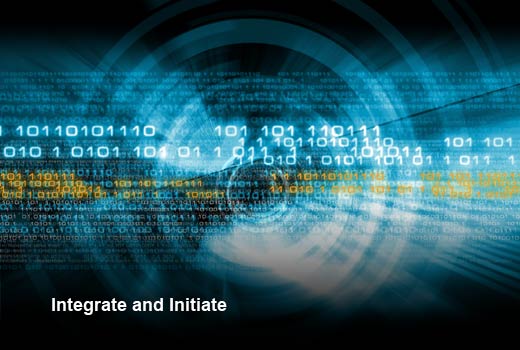The new era of interconnected life is here. And, as our technology advances, we are surrounded by more and more sensors gathering data — allowing our machines to speak to each other and speak to us via the Internet of Things (IoT).
Data is being generated faster than any one person or company is able to analyze it. In fact, less than 0.5 percent of all data is ever analyzed. The real problem lies in the shortage of experts who have the ability to analyze, unlock, and communicate its value. Automation and natural language generation platforms are able to solve the data capacity crisis by gleaning actionable insights in the most efficient and effective way.
The real value that the IoT brings is at the intersection of gathering data and leveraging it. We need to analyze that data, often in real time, if we are to extract its value, and then we need to communicate the results of that analysis to those who can make use of it and take action. In this slideshow, Matt Gould, chief strategy officer of Arria NLG, a global leader in the development and deployment of natural language generation (NLG) software technologies, advises on the benefits and path needed for successful IoT data analysis.
IoT and Automation
Click through for more on how organizations can take better advantage of the Internet of Things and the massive amount of data it generates, as identified by Matt Gould, chief strategy officer of Arria NLG.
Liberate Humans from Data Overload
Our current methods of data extraction and analysis are time-consuming. By the time a report has been finalized, there is new data to analyze, making the old data irrelevant. Today’s workforce and the proliferation of digital systems integration are forcing us to automate unexciting tasks that waste human resources. With the increasing influx of data and advancement of artificial intelligence, new technologies can provide businesses with timely reporting and analysis.
Support Infrastructure for IoT Data Analysis
Adapting to changes in technology can affect many aspects of the business – day-to-day tasks, organizational structure and general operations. While many see the long-term benefit of the change, some may struggle to see it in the short term. The first step to supporting new technology is being able to properly identify analytical tasks and functions involving high levels of data analysis. The next step is evaluating human resources to reconfigure a more productive and effective working environment.
Adopt a Human-Hybrid Approach
Employ new artificially intelligent technologies to absorb and analyze Big Data, and adopt new ways of working symbiotically with machines. Rote tasks performed in repetition, monitoring mind numbingly dull systems, even some highly skilled “knowledge” jobs involve doing the same thing again and again – quarterly financial reporting, for example. The introduction of artificial intelligence technology in the workforce will automate the analysis of data and then communicate key insights in an easy to understand way – all in real time.
Integrate and Initiate
The best approach to analyzing and reporting on large sets of unstructured data is introducing natural language generation (NLG) as a solution. NLG is a technology that combines state-of-the-art data analytics methods with cutting-edge computational linguistics techniques, to deliver the information that’s hidden in the data in plain language. With an automated solution like NLG, businesses can become much more flexible with their human resources. The integration of automation into your business will allow employees to pass off mundane tasks, freeing them to spend time on more complex problems and processes.
Dare to Be Different
Employees, freed from mundane tasks, will continue to grow and advance their careers not only by developing new skills that will be imperative in an automated world, but also by facilitating more strategic and creative initiatives that drive success. In a recent Deloitte study, 60 percent of millennials said they are driven by a “sense of purpose.” With automation via NLG and other forms of artificial intelligence, the path toward this kind of rewarding success is clearer.








